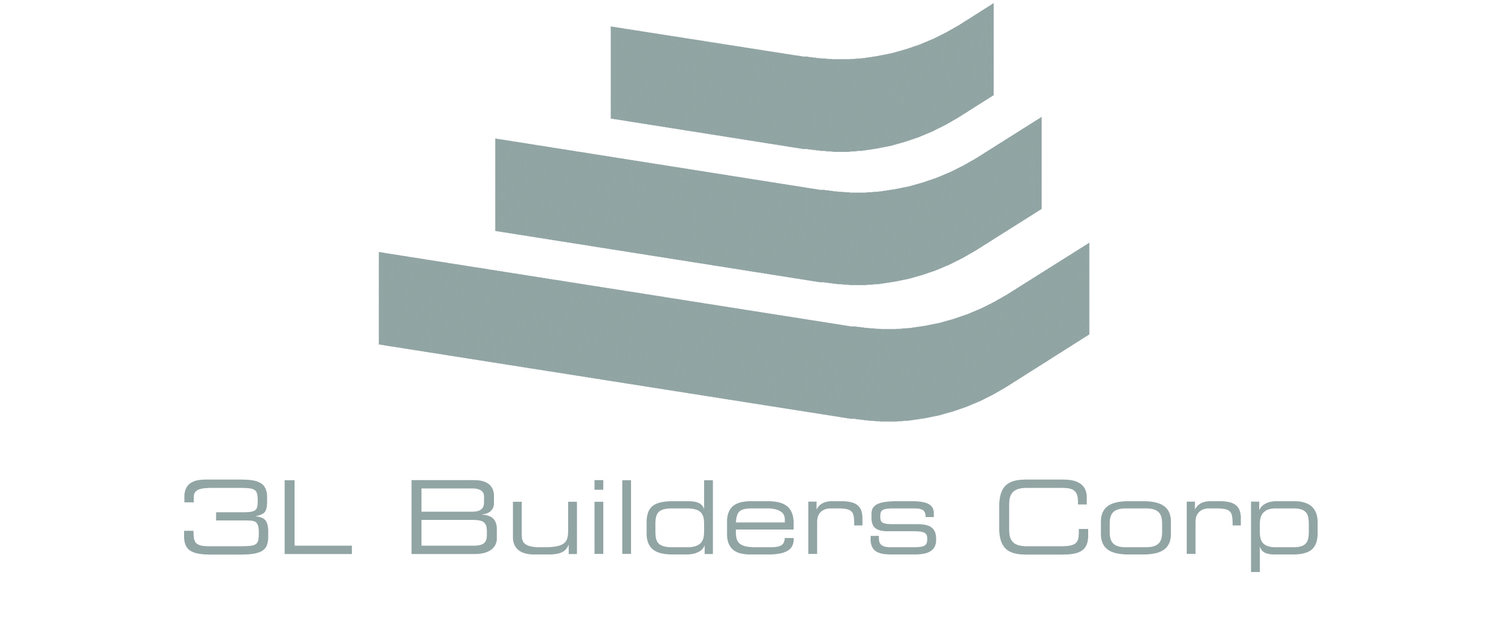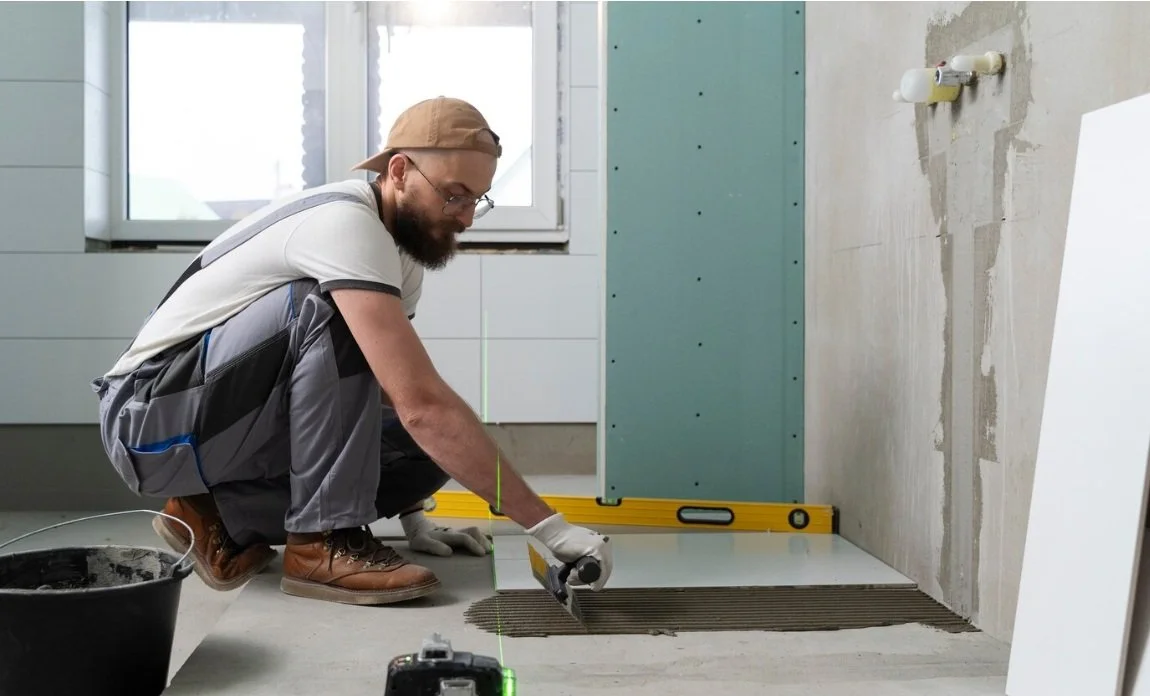Renovations: Transforming Spaces for Functionality and Aesthetic Appeal
Renovations are a fundamental aspect of property improvement, enabling homeowners and businesses to transform their spaces to better align with contemporary needs and preferences. Whether it involves a simple cosmetic upgrade or a full-scale structural overhaul, renovations offer the opportunity to enhance functionality, aesthetics, comfort, and overall property value. They are essential for keeping buildings up to date, ensuring they remain safe, energy-efficient, and visually appealing.
For homeowners, renovations provide a chance to customize their living spaces, improving not only the interior and exterior appearance but also the overall usability and efficiency of their homes. A well-planned renovation can turn an outdated kitchen into a modern culinary space, convert a cramped living area into an open-concept design, or revitalize a bathroom with sleek, high-tech fixtures. Similarly, businesses rely on renovations to maintain a professional and inviting atmosphere, optimizing workspace layouts to boost productivity and customer experience.
Beyond aesthetic improvements, renovations play a crucial role in adapting buildings to evolving environmental standards and technological advancements. Many renovation projects focus on sustainability, incorporating energy-efficient materials, advanced insulation, smart home technology, and renewable energy sources to reduce long-term operational costs and minimize environmental impact. In historic restorations, careful renovations help preserve architectural heritage while reinforcing structures to meet modern safety regulations.
Regardless of the scale or purpose, renovations require strategic planning, thoughtful design, and professional execution to achieve the best results. This article delves into the importance of renovations, essential factors to consider before starting a project, the different types of renovations available, and the long-term benefits they provide for property owners and occupants alike.
The Importance of Renovations
Renovations serve multiple purposes, from improving living conditions to increasing energy efficiency. Some of the primary reasons for undertaking renovations include:
Enhancing Comfort and Functionality – A well-designed renovation improves space utilization, making homes and offices more comfortable and practical.
Increasing Property Value – Upgrades such as kitchen and bathroom remodels or curb appeal enhancements significantly boost resale value.
Energy Efficiency – Incorporating sustainable materials, better insulation, and energy-efficient appliances reduces utility costs and environmental impact.
Modernization – Outdated interiors and fixtures can be transformed into stylish, contemporary spaces that align with current design trends.
Addressing Structural Issues – Repairs and upgrades ensure the safety and longevity of a building, preventing costly future damages.
Expanding Space – Room additions, basement renovations, or attic conversions help accommodate growing families or business expansions.
Key Considerations Before Renovating
Before beginning a renovation project, careful planning is essential to achieve desired outcomes. Key factors to consider include:
Budget – Establishing a clear budget prevents overspending and ensures financial feasibility.
Permits and Regulations – Understanding local building codes and obtaining necessary permits avoids legal issues.
Scope of Work – Clearly defining project goals helps streamline the renovation process and avoid unnecessary changes.
Hiring Professionals – Architects, designers, and contractors contribute expertise and efficiency to the project.
Material Selection – Choosing durable, sustainable, and high-quality materials enhances the renovation’s longevity.
Timeline – Setting realistic deadlines helps manage expectations and project milestones.
Types of Renovations
Renovations can be categorized based on their purpose and scope. Some of the most common types include:
Interior Renovations
Kitchen remodeling
Bathroom upgrades
Flooring replacement
Wall painting and wallpapering
Lighting and electrical improvements
Exterior Renovations
Roof replacement
Siding and façade enhancements
Landscaping and curb appeal improvements
Deck and patio construction
Window and door upgrades
Structural Renovations
Foundation repairs
Reinforcing load-bearing structures
Adding or removing walls for open-concept designs
Energy-Efficient Renovations
Installing solar panels
Upgrading HVAC systems
Enhancing insulation and windows
Using eco-friendly building materials
Historic Restorations
Preserving original architectural details
Restoring vintage woodwork, tiles, and moldings
Reinforcing aged structures while maintaining historical integrity
Long-Term Benefits of Renovations
Investing in renovations offers long-lasting advantages, including:
Increased Market Value – Well-executed renovations attract potential buyers and tenants, offering higher returns on investment.
Improved Energy Efficiency – Sustainable upgrades lead to lower energy consumption and reduced costs.
Enhanced Comfort and Aesthetics – Renovated spaces create a more enjoyable and visually appealing living or working environment.
Reduced Maintenance Costs – Upgrading structural elements and systems prevents frequent repairs and costly fixes.
Better Space Utilization – Renovations allow for optimized layouts and multifunctional spaces tailored to individual needs.
Renovations are a powerful tool for transforming properties, enhancing their value, and improving overall quality of life. Whether upgrading a home for personal enjoyment, preparing a property for resale, or improving energy efficiency, a well-planned renovation can make a significant difference. With careful planning, the right professionals, and high-quality materials, any renovation project can achieve remarkable results that stand the test of time.


